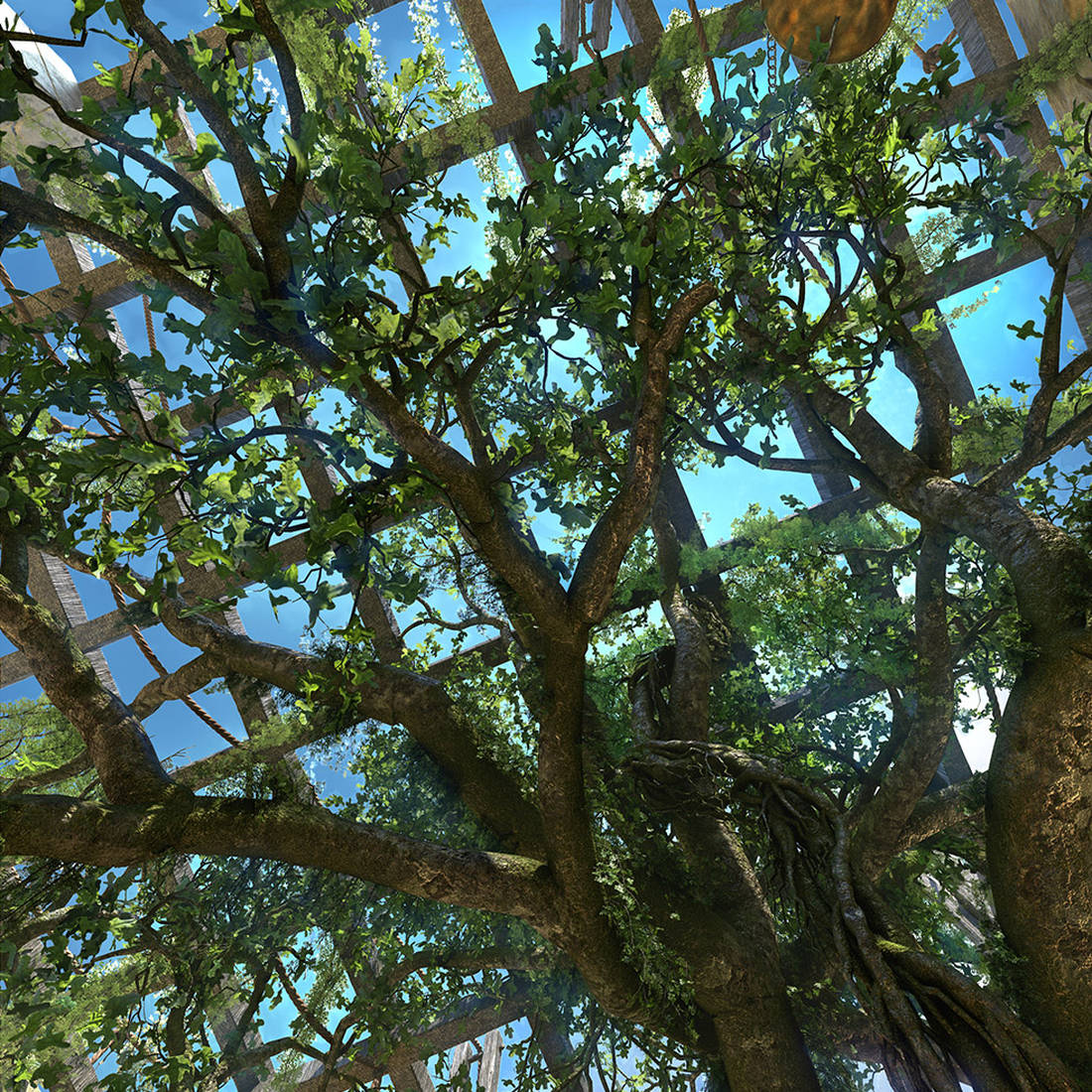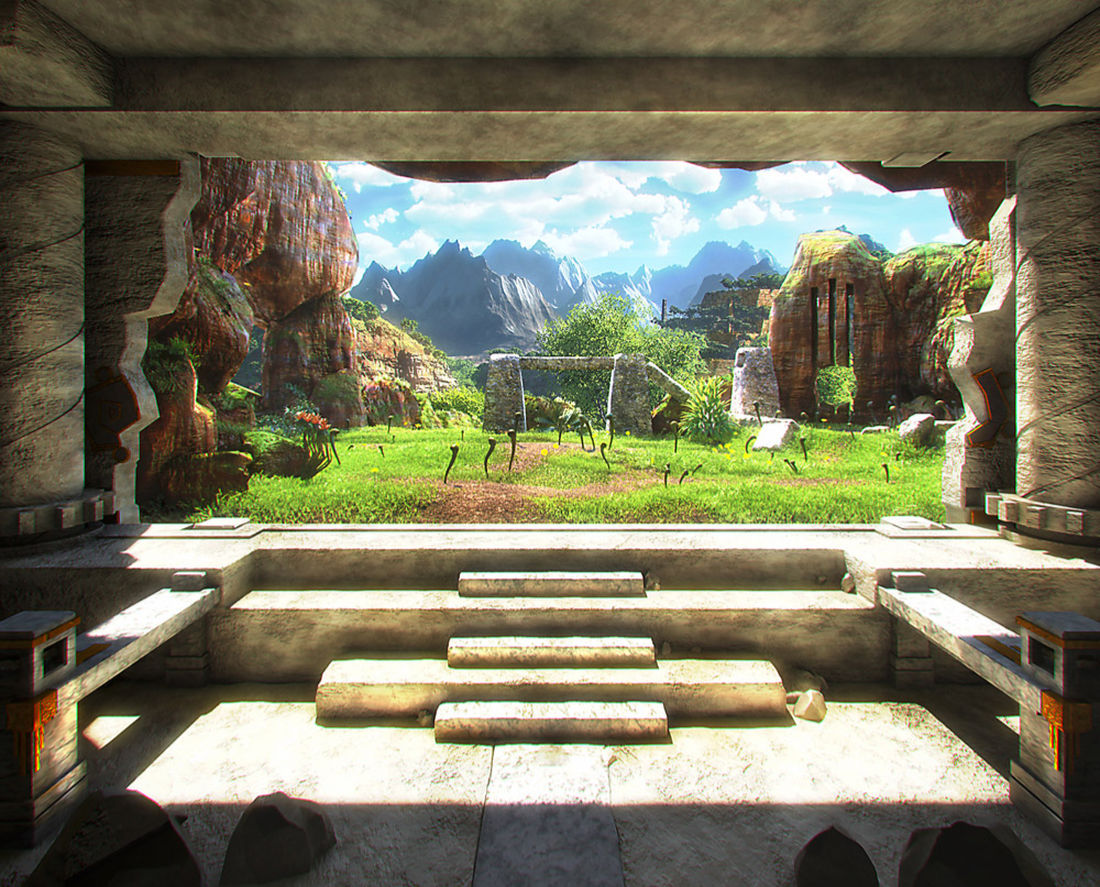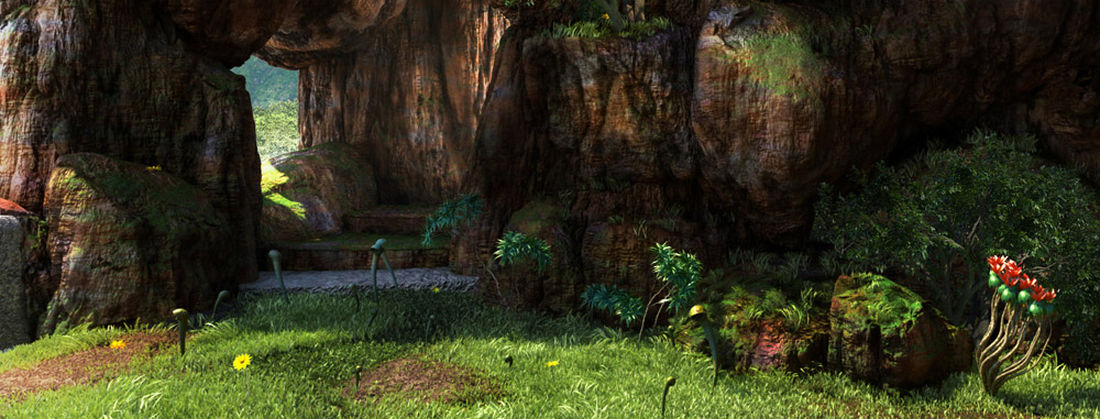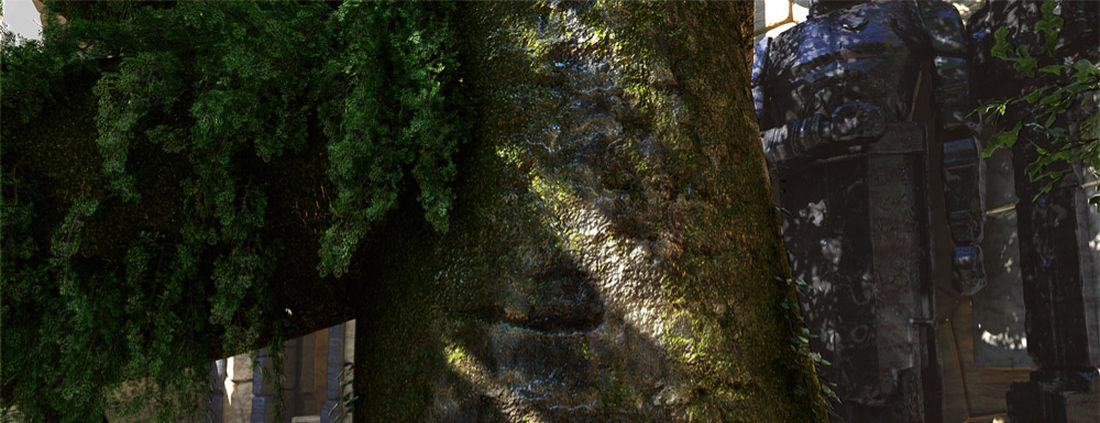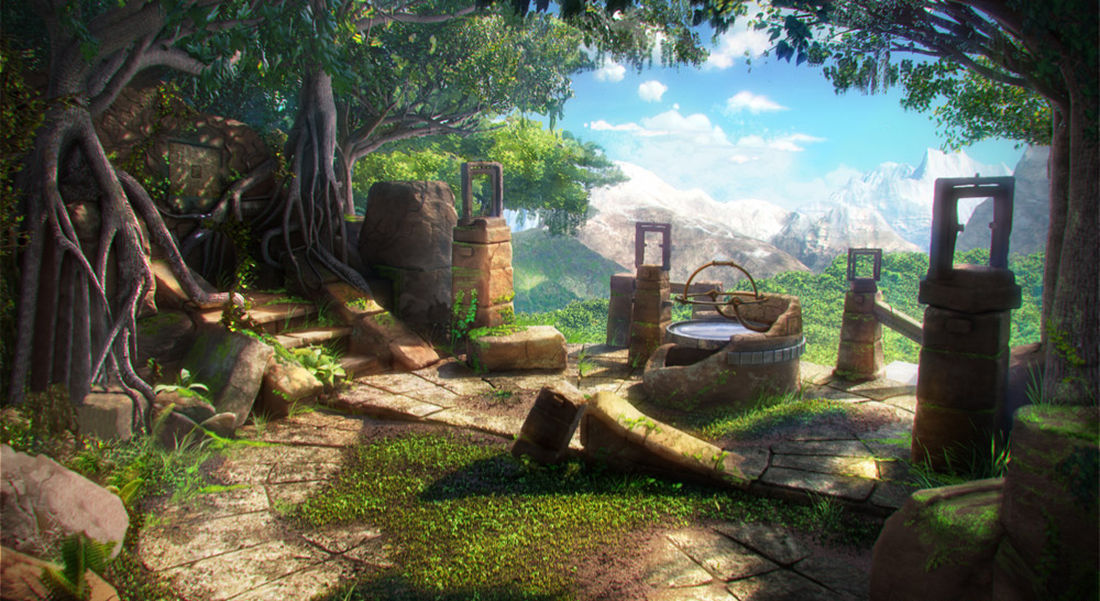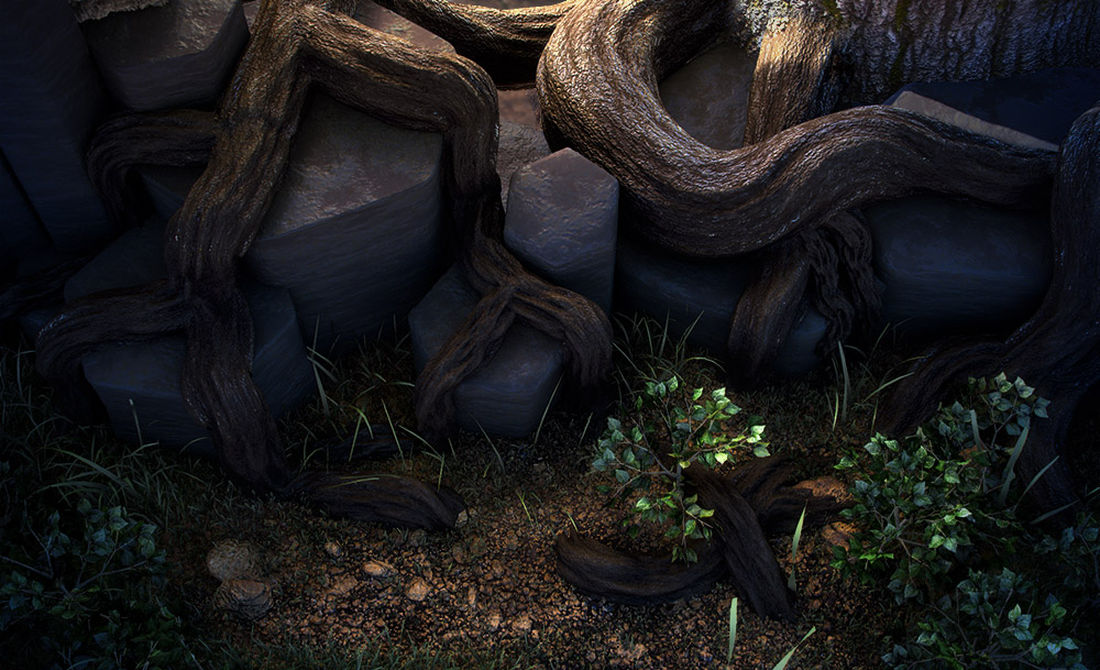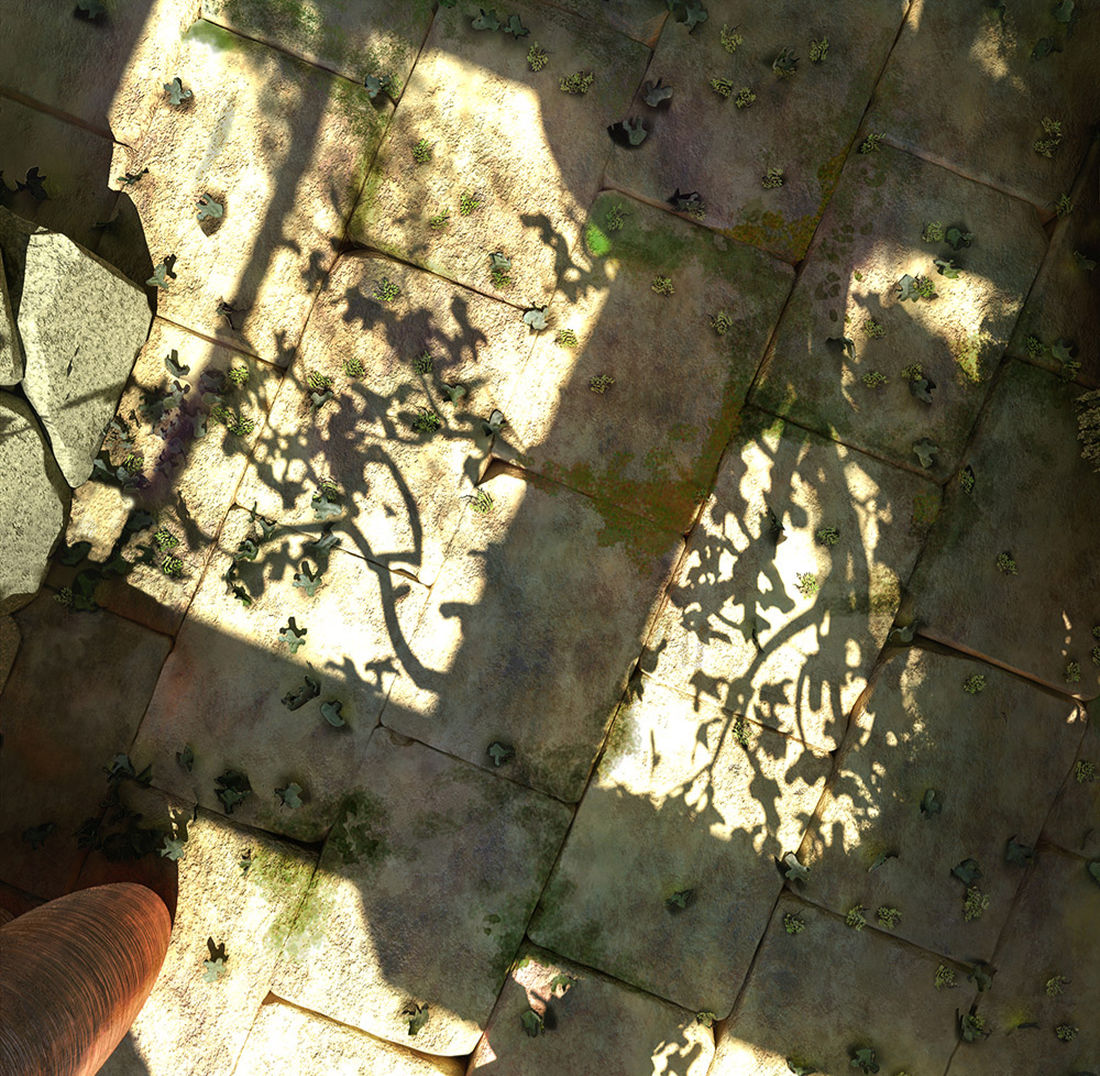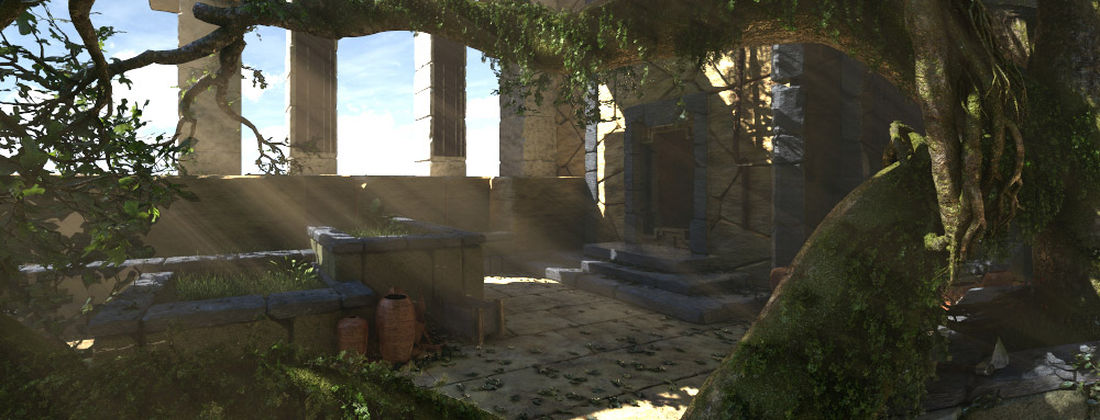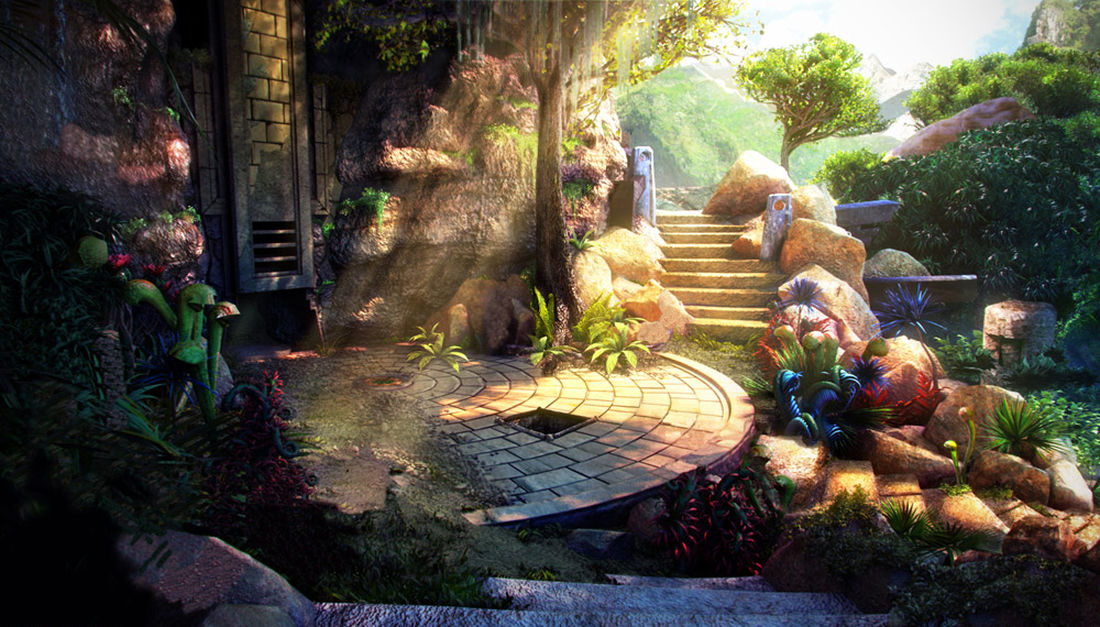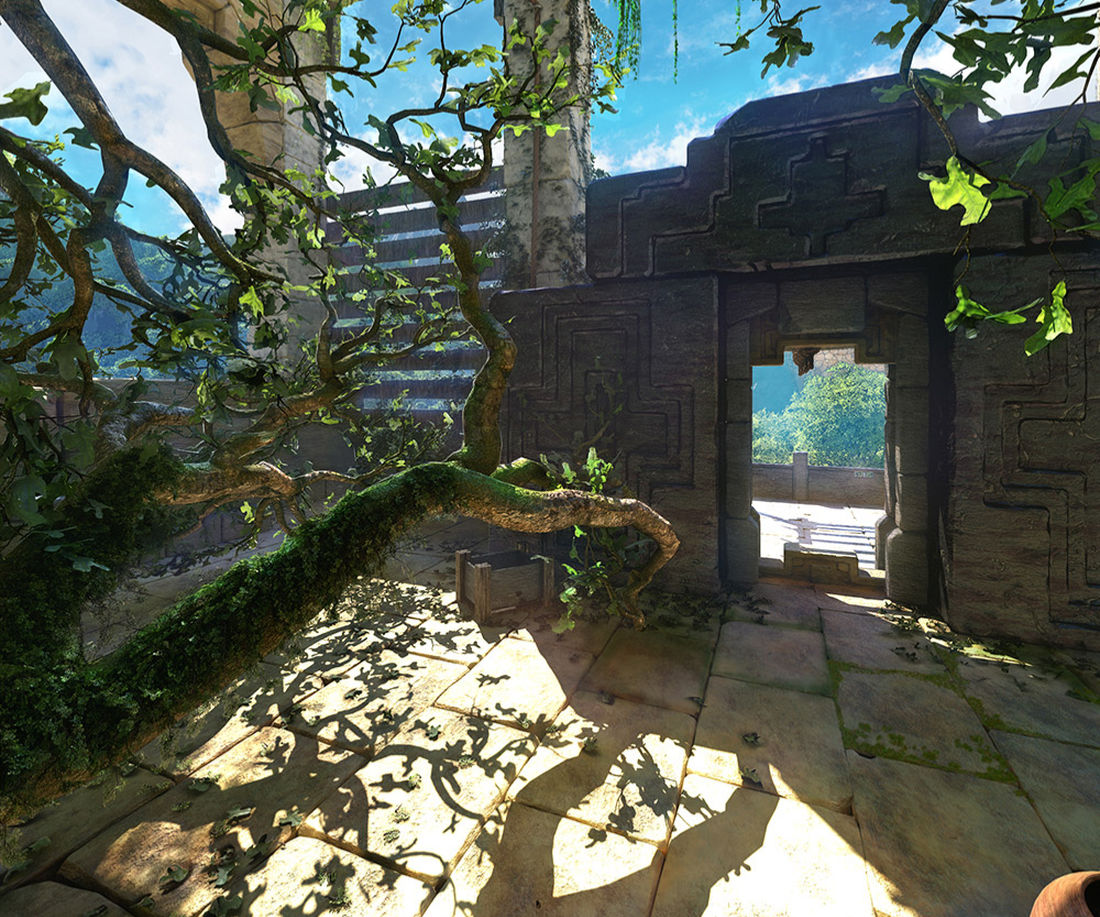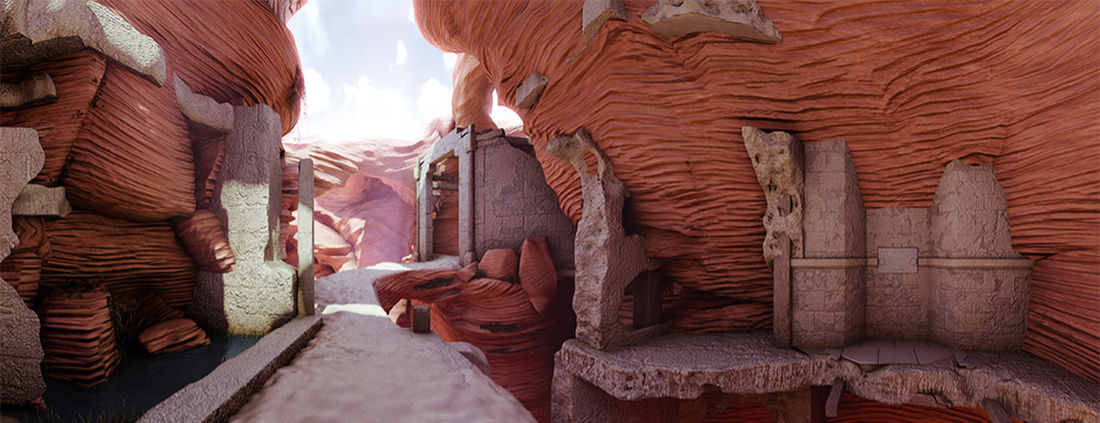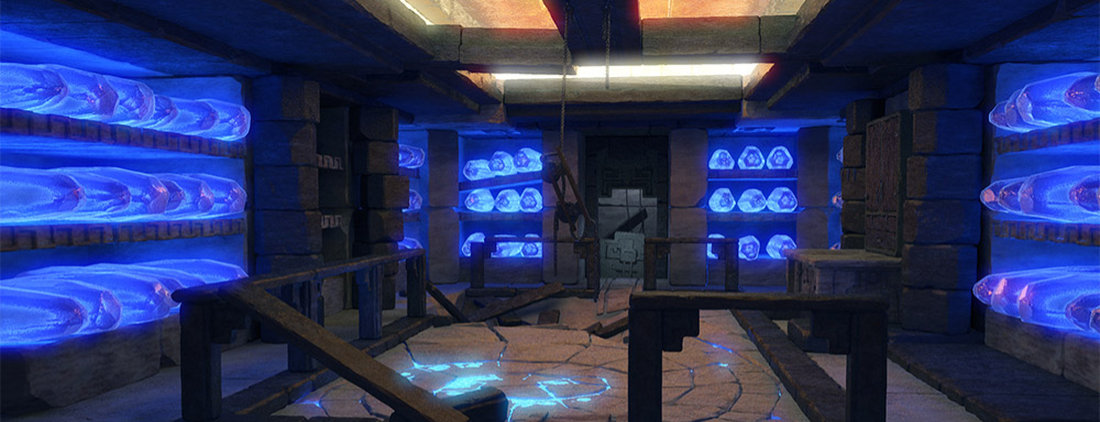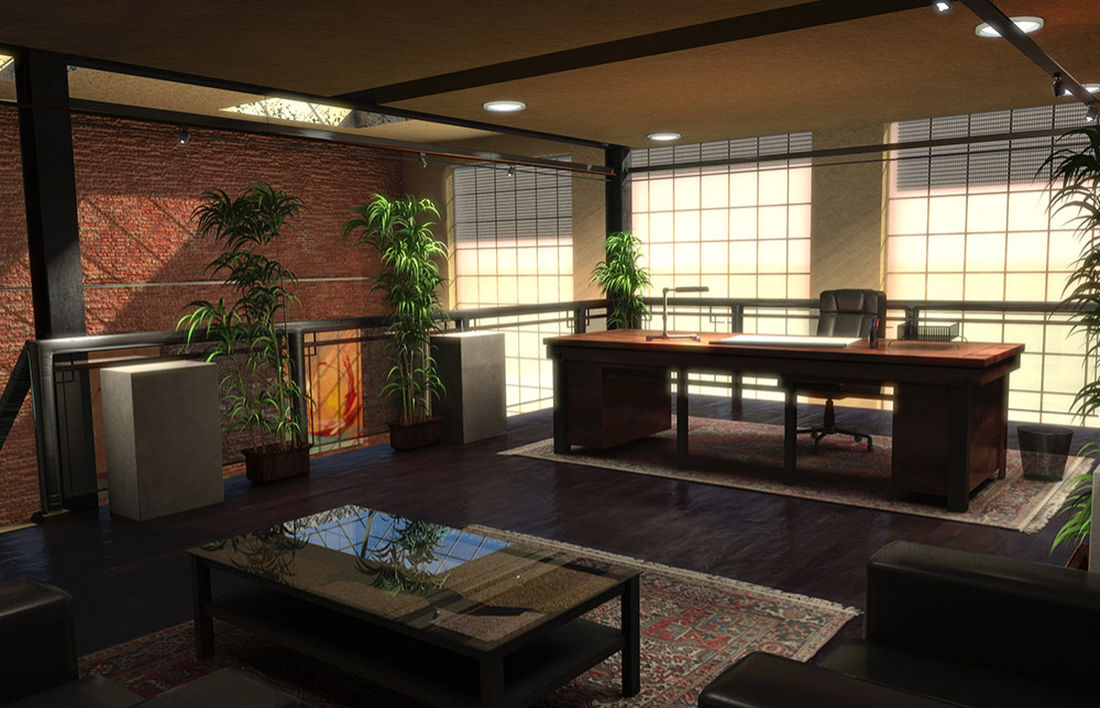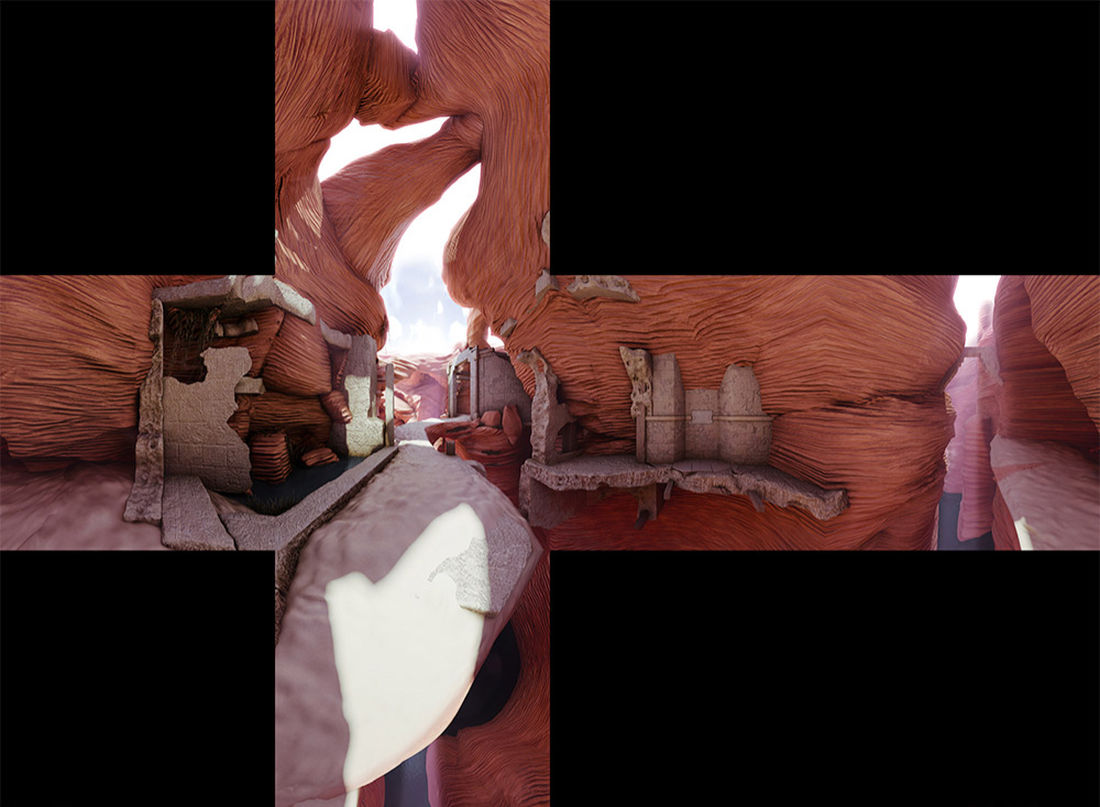After graduating from Full Sail University in Winter Park, Florida, I spent roughly 5 years as a 3D Environment Artist at various studios, the latest of which was
HitPoint Studios. Here I was tasked with making large scale highly detailed 3D scenes, usually outdoors, and involving lots of organic foliage. The images below were for a game called
Adera.
I specialized in generating foliage and natural elements, usually through scripting or various automation tricks and techniques in Maya and elsewhere.
Hand in hand with the environment art was my procedural texturing workflow, which many of the images below feature 80% or more of. Procedural textures are 3D textures that are joined, remapped, and distorted in ways to emulate the color, bump, and other qualities needed by shaders.
Procedural texturing also meant I did not need to lay out UV's for the vast majority of scenes, which was a massive time saver for a single artist to be able to create large environments quickly.
The last part of the equation for creating these scenes was the lighting (no surprise there) and rendering. Final images often went through a pipeline of initial render, then compositing / post processing using various masks and rendered auxiliary images that allowed me to create selective Bloom, or adjust vibrancy of certain elements, etc.
Lastly, procedural texturing is expensive for the rendering engine, and when there are hundreds of millions of polygons it can be even more intense, sometimes hours or an entire day to render a single frame.
To be as efficient as possible, I setup other employee workstations to automatically go into "Render Farm" mode, after idle for a certain amount of time during off hours.
Below, all of the dark brown mossy boulders were textured using 3D procedurals, which meant I didn't have to layout any UV's for those. Furthermore, since we had so many rocks in so many of our scenes I ended up developing a Python
Rock Generator tool for Maya that made generating a library of rock assets much faster.
All of the lighter marble and stone textures inside the Ante Chamber was also created procedurally, so our 3D sculptor could bring assets directly into Maya.
Lastly, the grass in the below images were all created using
Maya Paint Effects, a tool in Maya for procedural generation via brush strokes.
We realized pretty early on one of the most important aspects to realism was avoiding the sharp lines/edges of broad polygons. To hide this and add more believable depth I opted to paint fine layers of gravel, grass blades, and other things when it would be visible closer to the camera.
This allowed ambient occlusion to more accurately create believable shadows in cracks, holes.
For just about every scene, Maya Sun & Sky was used, which simulates the sun and atmospherics with a sort of HDR environment that reacts to the suns position for a cohesive time of day workflow.
Real atmospherics were rendered in Maya as a secondary render layer, which was composited and adjusted in post.
Though much of my work was outdoors and organic in nature, we had a few other scene types that showed up less often that were equally fun to work on.
Some of the scenes were major story elements that got rendered into 360 degree cube maps, that the player could navigate around on their device.
